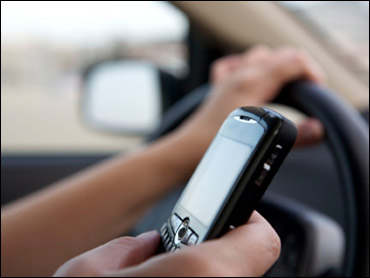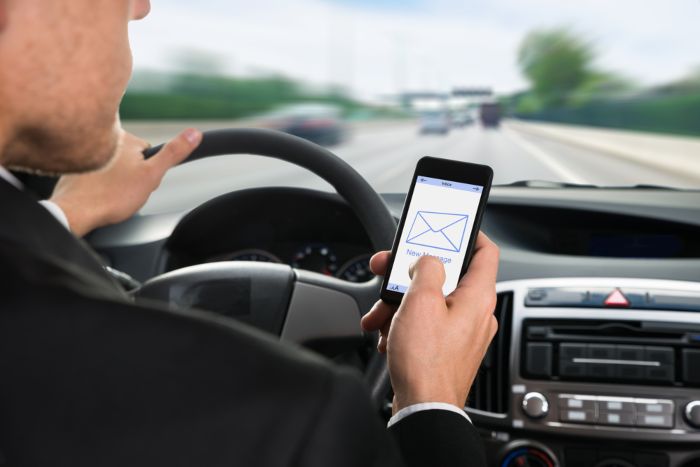
- #Texting while driving risk vs undistracted drivers#
- #Texting while driving risk vs undistracted driver#
These findings could be interpreted in a number of different ways.

In fact, taking a drink or smoking is twice as risky as using a hands-free phone. With a hands-free phone, an event is less than half as likely. Once a call is made, though, talking or listening on a handheld phone carries about the same likelihood of an accident as no distraction. When dialing a handheld cell phone, there's about a six times greater chance - almost as high as looking at a map (seven times).
#Texting while driving risk vs undistracted drivers#
The combined research involved 211,171 incidents of distraction, resulting in 1,085 crashes 8,375 near-crashes and 30,661 crash-relevant conflicts or situations that required drivers to make unsafe or illegal maneuvers.Īs expected, when texting while driving, the likelihood of an accident is more than 23 times greater than normal. Two hundred drivers making thousands of trips over more than 3 million miles were sufficient to produce results with confidence levels of 95%. For example, cell phone use was parsed into text messaging, dialing a handheld phone, talking or listening on a hand-held phone, and talking or listening on a hands-free phone.
#Texting while driving risk vs undistracted driver#
They then examined driver behavior, breaking down actions into subsets. The researchers identified where drivers' attention was directed, when their hands were on or off the steering wheel, what was happening around the vehicle, and - perhaps most importantly - existing distractions. Instrumentation identified changes in steering, braking, and acceleration, while recordings presented simultaneous split-screen views of the driver's head, steering wheel and dash, out the windshield, and left and right rear-view mirrors. While most previous studies used simulations or had student observers record actions and anomalies, the Center for Truck & Bus Safety used video recordings in specially equipped trucks to examine driver behavior while operating commercial vehicles. His paper, “The Naturalistic Study of Distracted Driving: Moving from Research to Practice,” which covered research conducted over several years, was the association's prestigious Buckendale Lecture award winner in 2011. Secretary of Transportation Ray La-Hood has issued federal regulations banning texting while operating a commercial vehicle.ĭo these steps go too far? Are we painting all communications with the same broad brush, overlooking aspects that promote convenience, efficiency, and safety? Last year, the National Transportation Safety Board proposed a ban on all cell phone use while driving - but is a total ban necessary?Īt last September's Society of Automotive Engineers Commercial Vehicle Meeting, Richard Hanowski, director of the Center for Truck & Bus Safety at the Virginia Tech Transportation Institute, revealed significant data that could help answer such questions.

Most states have passed laws banning texting, and U.S.

No one disputes that distracted driving is a major cause of vehicle crashes. “The distractions aren't always while talking,” says Fleet Management Division Safety Program Manager Terrell Spencer, citing a driver who was involved in an incident while reaching for a dropped phone. The City of Columbus, Ohio, prohibits all cell phone use.


 0 kommentar(er)
0 kommentar(er)
